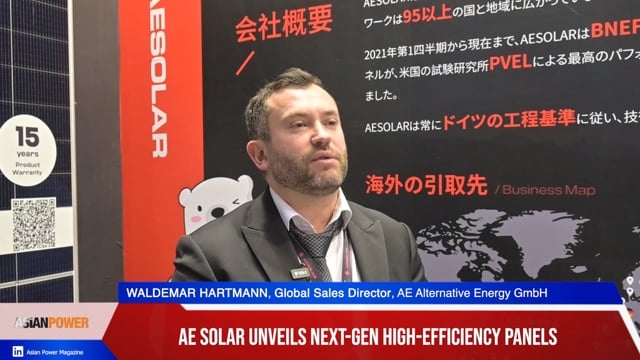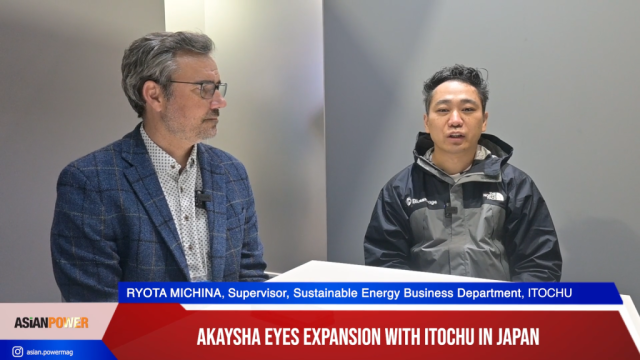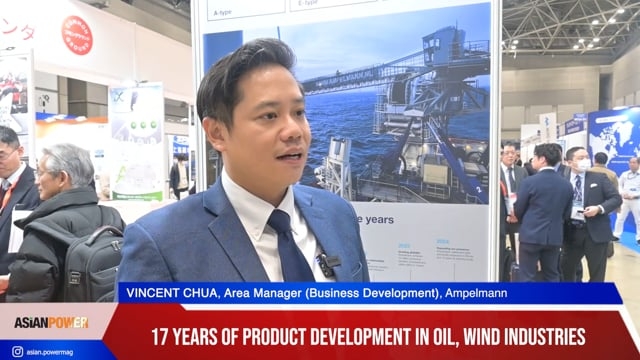The dangers of mishandled flow-accelerated corrosion
By Brad BueckerMany power generation facilities have been constructed or are under development in Asia. Thus, many plant personnel will encounter issues related to water/steam chemistry.
A critical lesson that has been learned by some, but not all, plant personnel in North America concerns steam generator feedwater treatment, and the recommendation against use of oxygen scavengers/metal passivators.
When I began my utility career in 1981, widely-accepted condensate/feedwater chemical treatment consisted of ammonia or amine feed to establish an alkaline environment. This treatment was combined with feed of an oxygen Scavenger/metal passivator to eliminate any oxygen not removed by a deaerator and/or a deaerating condenser.
The combination of ammonia and oxygen Scavenger feed came to be called all-volatile treatment reducing, [AVT(R)]. The thinking was that all oxygen must be eliminated from the feedwater system.
“This changed in 1986. On December 9 of that year, an elbow in the condensate system ruptured at the Surry Nuclear Power Station [near Rushmere, Virginia, USA]. The failure caused four fatalities and tens of millions of dollars in repair costs and lost revenues.” [1].
Researchers learned from this accident and others that the reducing environment produced by oxygen scavenger feed results in single-phase flow-accelerated corrosion (FAC). Since then, additional FAC-induced failures have killed or injured other utility workers, including two at a sister plant to one in which I worked several years ago.
FAC induces metal dissolution at flow disturbances, i.e., elbows, reducing fittings, in carbon steel, and is most pronounced at temperatures near 150oC. FAC is also greatly influenced by pH, and becomes increasingly severe if the pH is allowed to drop towards 9.0 or below.
While FAC has become a recognized problem, many people in the power industry are still unaware of the issue, and continue to specify oxygen scavenger feed for new units.
Unless the condensate/feedwater system contains copper alloys, oxygen scavenger feed is not recommended, but rather programs that make use of deliberate oxygen feed are now the preferred choice. For those interested, I can provide additional details.
I realize that this article represents a departure from the normal that appears in this section of Asian Power, but given the fact that FAC-induced failures have caused fatalities, it is the responsibility of those of us who know about FAC to alert plant personnel around the globe of this issue.
Thank you for reading.
_____________
References
1 Guidelines for Controlling Flow-Accelerated Corrosion in Fossil and Combined-Cycle Plants, EPRI Report 1008082, Final Report, March 2005, the Electric Power Research Institute, Palo Alto, California.
























 Advertise
Advertise








